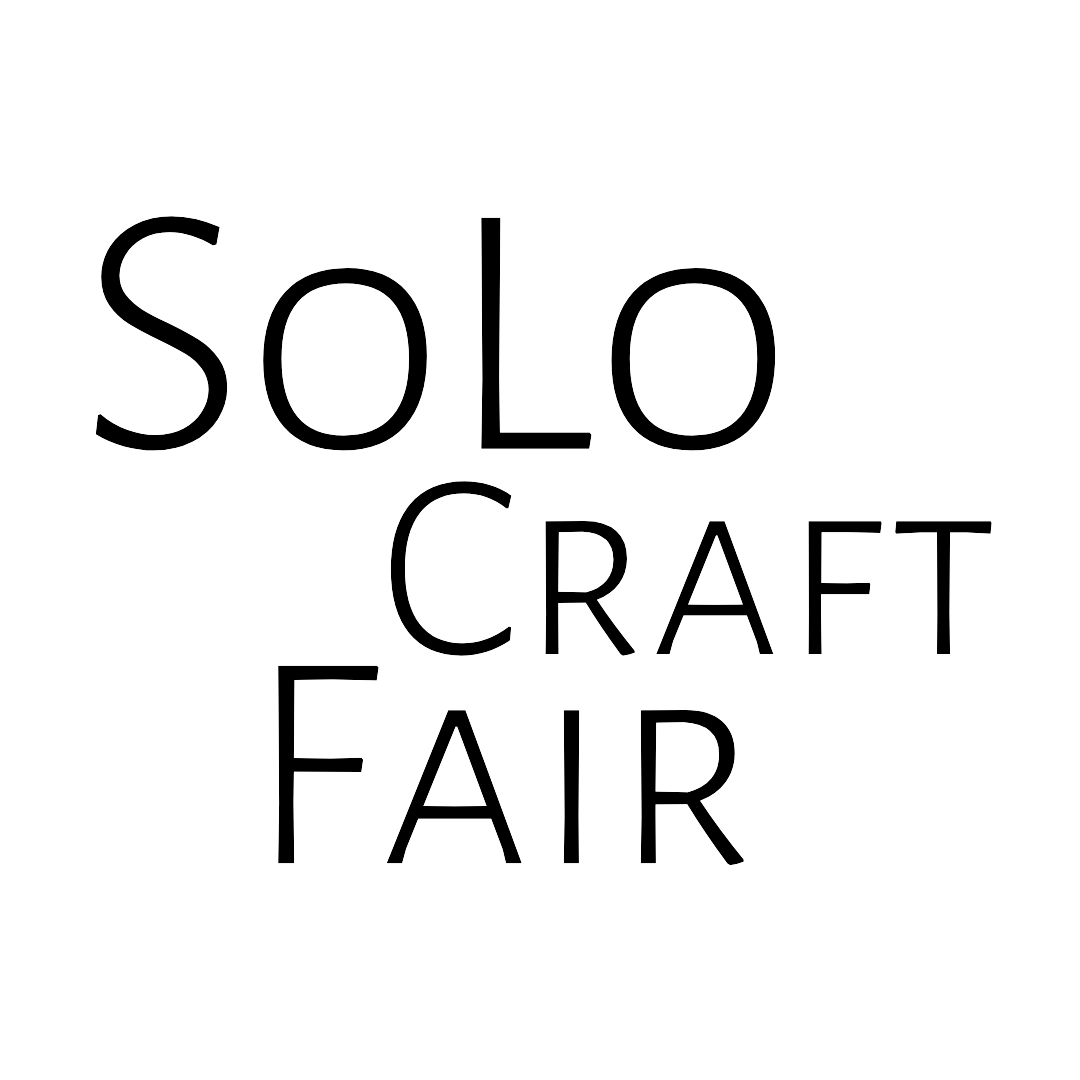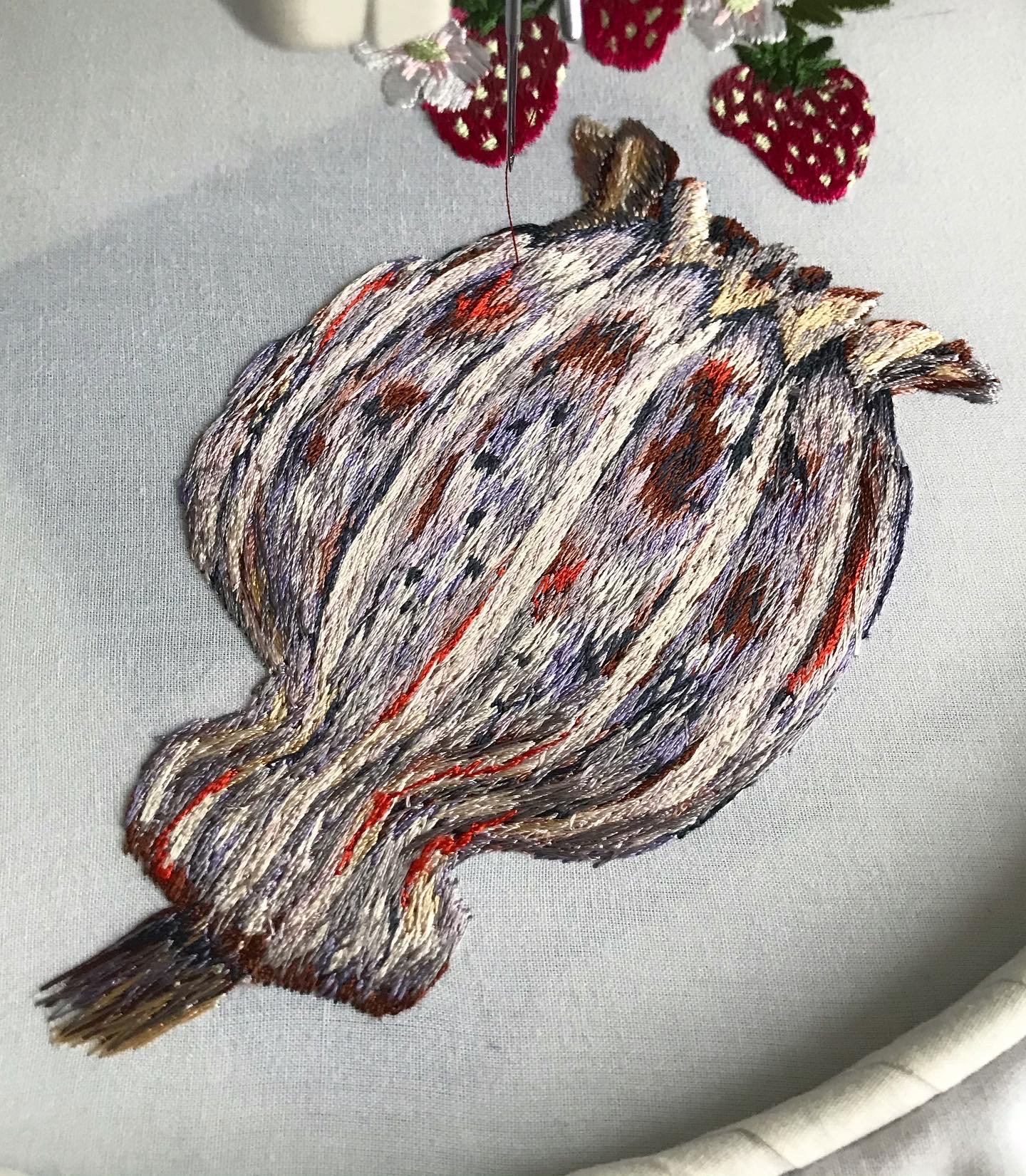This week we chat to Rosie Brain Embroidery about her incredible designs.
What is the story behind your embroidery business?
In the summer of 2020 I was finishing my degree in textile design and having just moved back home due to the first Covid-19 lockdown I was feeling quite lost and had no idea what I was doing. I was contacted about a job opportunity to be trained on the free-motion ‘Irish’ embroidery machine at Rachel Rousham Embroidery and I immediately applied! I had used the machine a little whilst at university but hadn’t really planned on specialising in it. After a couple of months I bought my machine and started creating my own work alongside my freelance jobs.
Since developing ornate visible mending techniques for denim during a university project, I have been passionate about finding exciting ways to extend garment life. The patches came about as a method to customise garments as well as being a wonderful way to cover holes and stains. They are all made in small batches on 100% wool felt which makes them perfect for stitching onto knitwear, and they also look great on denim. After discovering a hole in the cuff of a vintage blouse, I also began embroidering directly onto garments to cover holes, a more subtle method of repair that becomes part of the garment and look as if it was always there.
I now take on bespoke embroidery commissions and small batch custom embroidered patch orders, and have recently started running garment customisation workshops where you can learn how to stitch one of my patches onto an item of clothing as well as some basic hand embroidery techniques.
What does your creative process look like?
I take most of my inspiration from nature, as well as vintage/antique hand embroidered pieces, there is so much to be learned from them! I am often driven by the process itself, I love playing around with stitch direction and layering, and then will find a way to incorporate a particular effect into my work. For example the centre of my sunshine patch came about from experimenting with how light reacts to thread depending on the angle it’s stitched at. I also love to use unusual colour combinations, sometimes they don’t quite work but that’s part of the fun of it! I draw everything by hand which can be time consuming but I quite like the slowness and the repetitive nature of it. When I am covering holes and stains with embroidery I like to draw over the shape that needs to be concealed so that I can tailor the embroidery design to it, a few people have compared it to a tattoo cover-up which I love!
What embroidery machine do you use? And what advice would you give to others thinking of investing in an embroidery machine?
I use a Juki LZ-271 free-motion embroidery machine, which is a modern version of the Singer Irish embroidery machines which sadly aren’t made any more. Nothing is programmed onto the machine, the fabric is guided by hand, with the stitch width controlled by a knee presser and the speed by a foot pedal.
My advice when buying a machine new would be to find a local stockist if you can so you have access to a technician if something goes wrong. For this machine specifically I would say keep your fingers away from the needle and don’t stitch when you’re tired!
As well as machine embroidery, you also create intricate textile sculptures, can you tell us a bit about these?
I first began creating my textile sculptures during the final major project of my degree. They were originally inspired by the textures and colours of thistles, flower heads and dried seed pods. I was developing techniques on the Irish embroidery machine when the first lockdown began and I moved home, so I had to figure out how to translate the machine techniques into hand embroidery. Since I got my machine I have been experimenting with combining the machine embroidery with hand stitching techniques. The sculptures are made up of many layers of satin stitching, combining machine embroidery threads with hand-stitched sections made up of raffia, tapestry wool, and various threads that I find in charity shops. I love creating contrasting hard/soft textures, as well as experimenting with different ways to layer colour for effect. The pieces are shaped by attaching them to lycra after the bulk of the stitching is complete. I never really know how a piece is going to look until the very end which can be a bit nerve-wracking, particularly after spending days on a piece but is also quite exciting!
Other than Solo Craft Fair pop-up shop, where do you sell/exhibit your work?
Currently I sell my work and take commissions through my website and Instagram, as well as markets and pop-ups including A South London Makers Market and Women Will Create. I also do mending with embroidery and customisation projects for The Seam and Make Nu. I’m also hoping to start exhibiting my textile sculptures later this year.




